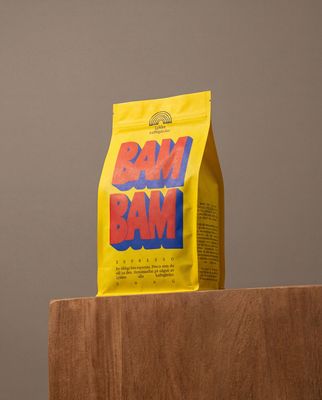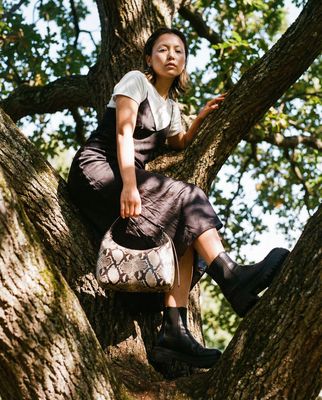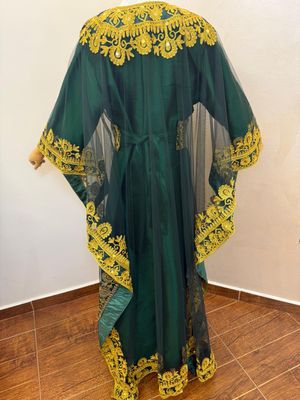Everything about the color Sepia
The meaning of the color sepia and color combinations to inspire your next creation.
Browse images in the color sepia
What color is sepia?
Sepia is a warm, brownish tone reminiscent of aged photographs and antique prints. It evokes a sense of nostalgia and timelessness.
What are similar colors to sepia?
For variations within the same warm and earthy spectrum as sepia, consider:
- Taupe (#483C32) shares sepia's muted brown undertones, offering a sophisticated and neutral palette.
- Sienna (#A0522D) is a reddish-brown that complements sepia's earthy tones with a slightly more vibrant hue.
- Russet (#80461B) closely resembles sepia with its deep, reddish-brown shade, enhancing its natural warmth.
- Ochre (#CC7722) provides a golden-brown tint that adds a brighter, sunlit quality to sepia's rich tones.
What color goes with sepia?
To complement sepia's warm, nostalgic tones, consider pairing it with:
- Ivory (#FFFFF0) offers a soft, creamy contrast that enhances sepia's warmth.
- Sage (#BCB88A) provides a muted green balance that complements sepia's earthy richness.
- Peach (#FFE5B4) matches sepia's warmth with a gentle, sunny tone.
- Lavender (#E6E6FA) adds a touch of elegance with its soothing, purple-tinged hue.
What color conflicts with sepia?
To avoid clashing with sepia's warm tones, consider avoiding:
- Teal (#008080) can create a jarring contrast with sepia's earthy warmth.
- Cyan (#00FFFF) risks overpowering sepia's subtle tones with its bright, cool hue.
- Bright Red (#FF0000) may clash with sepia's muted, vintage feel.
- Neon (#39FF14) can overwhelm sepia's classic and subdued aesthetic.
What does the color sepia represent?
Sepia represents nostalgia, warmth, and a connection to the past, often evoking memories of vintage photographs and historical documents. Psychologically, sepia can create a sense of comfort and familiarity, often associated with tradition and timelessness. In art, photography, and design, sepia is used to convey an antique or classic look, adding depth and richness to visual compositions.
What's the history of sepia?
The name "sepia" originates from the Latin word for the cuttlefish, Sepia, whose ink was historically used as a pigment. This pigment became popular in the 19th century for its rich, warm tones, especially in photography and art. Sepia was used to create monochromatic images with a distinct, vintage appearance. Today, sepia is still used in digital filters and design to evoke a sense of nostalgia and timelessness.
Color Variations
Shades
Tints
Hues
Color Palettes
Monochromatic
Complementary
Analogous
Triadic
Tetradic
Images with sepia color
Color Conversions
#704214rgb(112, 66, 20)rgb(44%, 26%, 8%)0, 41, 82, 56hsl(30, 70%, 26%)30, 82, 44#70421433, 16, 359, 7, 233, 38, 6501110000, 01000010, 00010100Color(red: 0.4392156862745098, green: 0.25882352941176473, blue: 0.0784313725490196)UIColor(red: 0.4392156862745098, green: 0.25882352941176473, blue: 0.0784313725490196, alpha: 1.0)Color(0xFF704214)










